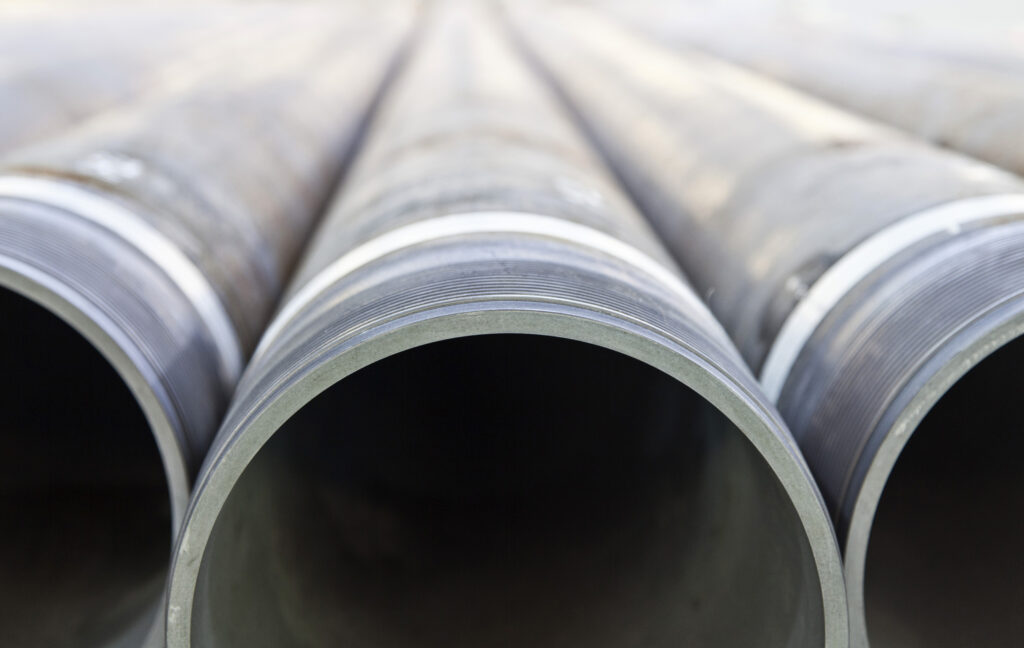
06.07.2023
Long experience helps when it comes to carbon storage
Equinor (previously Statoil) has stored CO2 in the Utsira formation in the North Sea since 1996. Since the start of the CLIMIT programme in 2005, support for different carbon storage projects has been a priority area.
It takes many years of trial and error and testing before you can be sure that a storage site is secure. Patience and perseverance are two guiding principles here.

The CLIMIT programme has supported a wide range of projects
Through real-world carbon storage projects and research and development, a large amount of knowledge has been gained in Norway that will be useful for future CCS projects. Lab-based research projects have received support through the R&D part of CLIMIT. More mature technologies have received support through the demo part of the programme. Close cooperation between the Research Council of Norway and Gassnova has led to significant results, which we are now reaping the results of.
Many of the projects in the project portfolio have aided the Longship project. Even though we have gained a lot of knowledge, our goal is yet to be reached. CLIMIT continues to support more carbon storage projects. You can read more about some of the projects in this overview of CLIMIT projects.
Gassnova has studied potential carbon storage sites
Northern Lights, the transport and storage part of Longship, will store CO2 in the Johansen formation, south of the Troll field. In 2008, 3D seismic data was collected by the Norwegian Petroleum Directorate south of the Troll field in the North Sea. The purpose of this was to survey whether the sandstone in the Johansen formation south of the Troll field was suitable for permanent carbon storage and to propose the placement of CO2 injection wells for future CCS projects.
New seismic data was collected by Gassnova south of the seismic area from 2008 and east of the Troll field. Gassnova and a number of consultants carried out a thorough study of the Johansen formation and Sognefjord formation from the Late Jurassic period. This study resulted in two reports being published in 2012. The report indicated two areas of interest for carbon storage: the Smeaheia area east of the Troll field and the Johansen formation south of the Troll field. This was the beginning of what is now the storage site (the Johansen formation), where Northern Lights is working to get a permanent carbon storage site up and running.
To date, six storage licences have been awarded to various operators on the Norwegian Continental Shelf, all of which are gaining their own experience.
